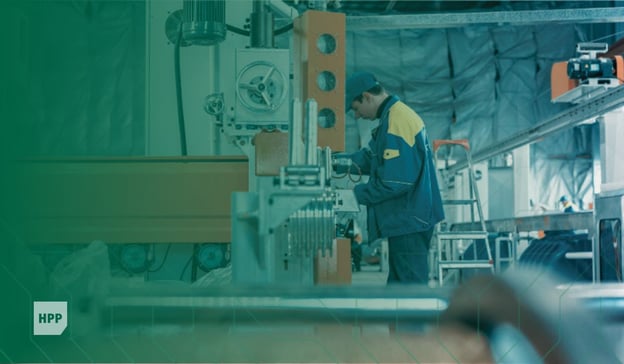Cost-Effective, Higher-Quality Product Design ProcessDFM is a product design ideology that eases the end-to-end manufacturing process for complex plastic components while optimizing quality and reducing waste. At HPP, this highly collaborative customized process is one of our specialties. Let's take a closer look at DFM. |
||
What is Design for Manufacturing (DFM)?Design for Manufacturing (also known as Design for Manufacturability or DFM) is an optimized plastic component design process that lowers overall costs while creating a better design and an easier-to-manufacture product. DFM merges the design requirements of a product with its production method, resulting in custom-molded, close-tolerance parts that meet or exceed industry standards. |
||
What are the Benefits of DFM?One of the most significant benefits of Design for Manufacturing is the lower overall cost of production. Why? An optimized design can reduce the number of processing steps, eliminate redundant design features, simplify assembly, and reduce the number of connectors or fittings needed in the finished product. Because the DFM process catches and removes mistakes or faults before production, the result is a higher-quality product that gets to market sooner. Furthermore, DFM helps prevent the production of simple designs with overly complex manufacturing processes or designs that seem inexpensive to produce but are too complicated or expensive to service later. What is the plastic injection molding process?There are five equally important principles of DFM. Designers and engineers must optimize each of these closely-intertwined focus areas to ensure the finished product is the best it can possibly be. ProcessSelecting the proper manufacturing process for your product is critical. Consider the number of parts needed, the type of materials needed, the complexity of the design, the tolerances required, and your bottom line. DesignIt's right there in the name: Design for Manufacturing. The actual drawing or CAD model must conform to good manufacturing principles for your selected process. It makes the intricacies of the design clear, from wall thickness and tolerance to texture and consistency. MaterialsYour choice of materials impacts cost and quality, so selecting the correct one for your design and process is vital. Consider the needs of your product and material properties such as strength, optical properties, heat resistance, tolerance, and even color. EnvironmentEach part of your product must be designed for the environment in which it will be used. All of the materials must be able to withstand normal operating conditions. Testing/ComplianceEach finished product must comply with industry, safety, and quality standards. It's essential to consider these standards in all stages of DFM. Testing is critical, as non-compliance may lead to the project being rejected for sale or use in any industry. |
||
| When you need custom plastic components, DFM can help you optimize your product development process, no matter your industry. HPP's team of manufacturing experts is eager to collaborate with you to save you time and money while adding quality and efficiency to your plastic injection molding project. Your product and your bottom line will benefit. Tell us more about your DFM needs today! |



